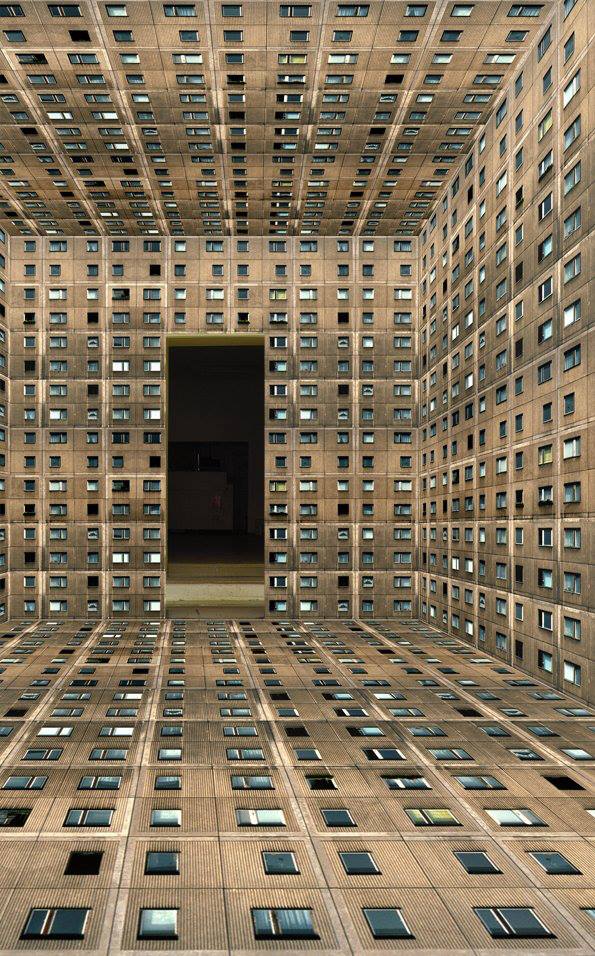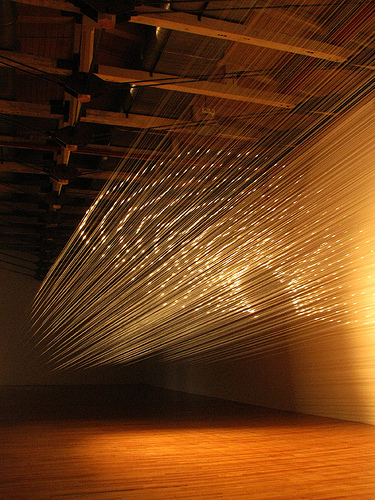
Ting-Tong Chang
Robinson
FILE FESTIVAL SAO PAULO 2016
The piece “Robinson” is part of Ting-Tong Chang’s new body of work investigating the history of automatons in Europe as a means of exploring utopian visions. The word “automaton” is often used to describe self-moving machines, especially those that have been made to resemble human or animal actions. From Jacques de Vaucanson’s Digesting Duck (1739) to Andreas Jakob Graf Dietrichstein’s Mechanical Theatre (1752), automatons have entertained kings and princesses, taught moral lesson to citizens and raised deep philosophical questions











